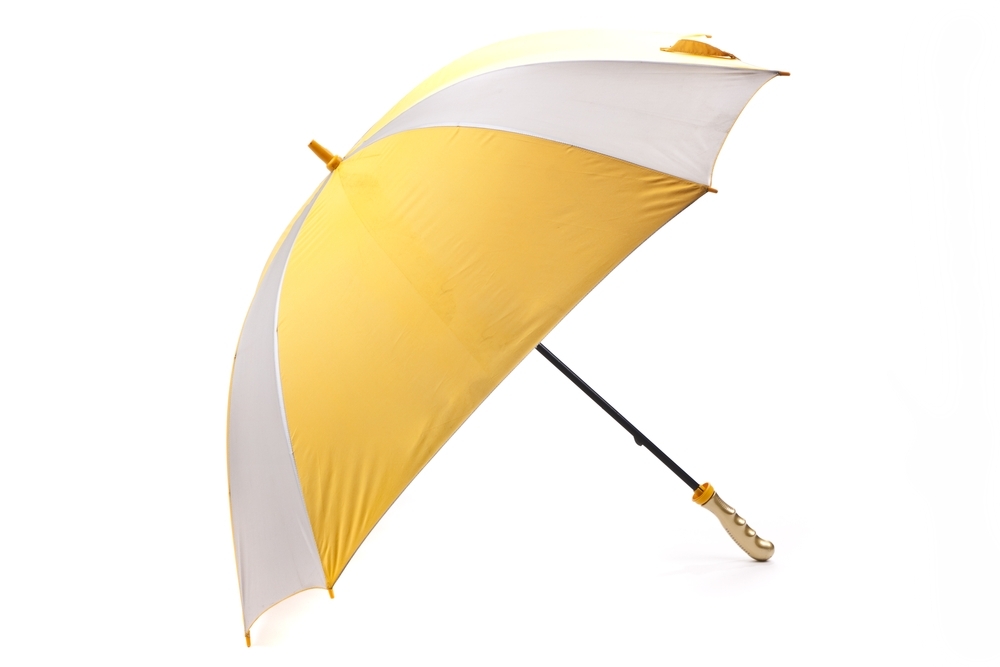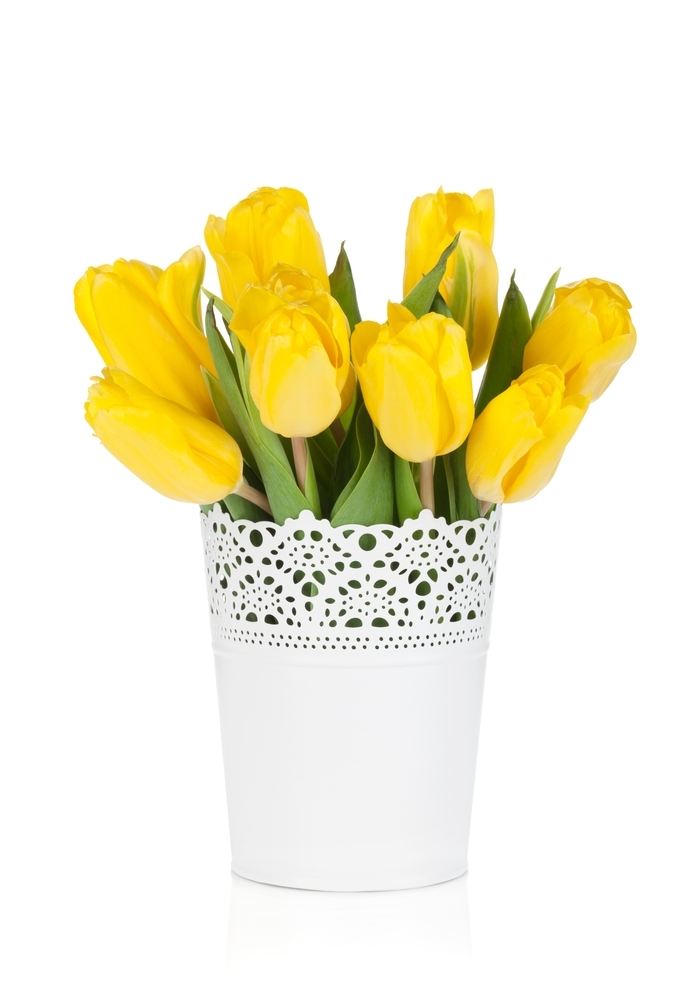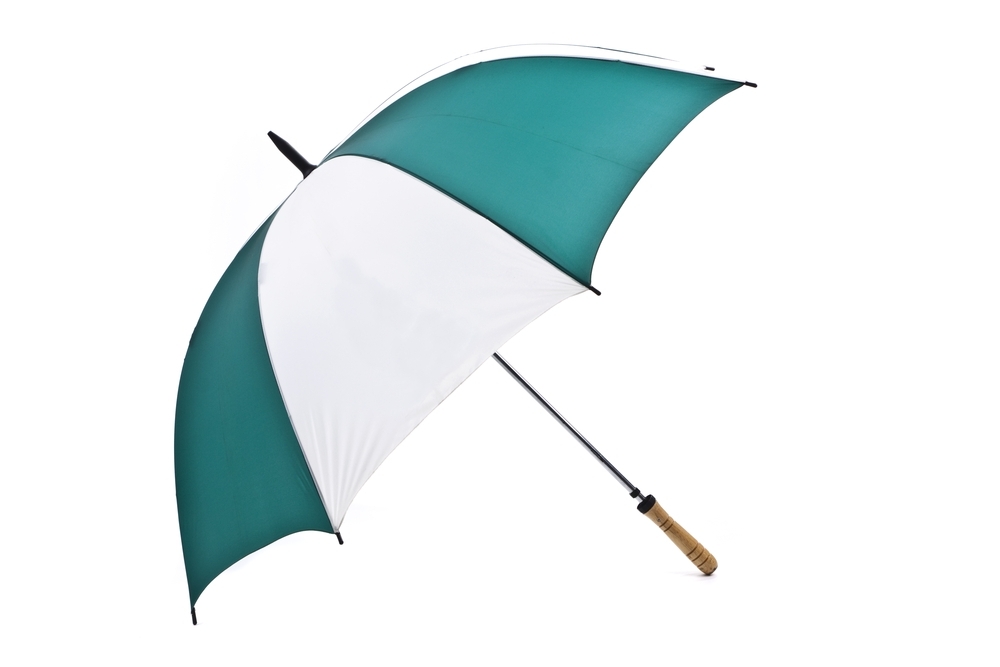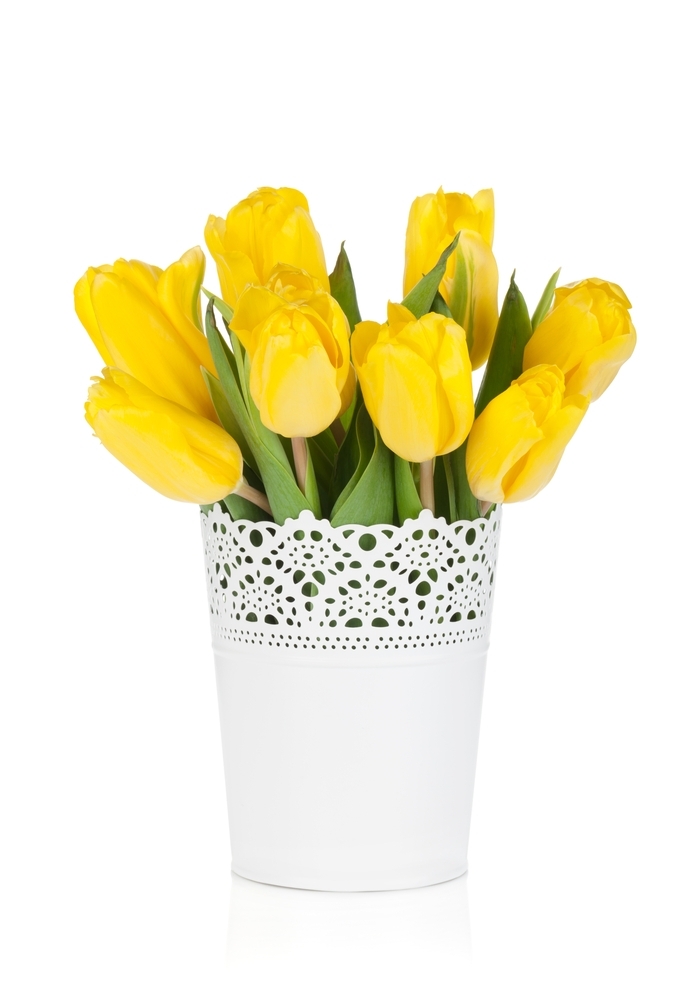The SoMi Paradigm
The SoMi paradigm measures social mindfulness under the logic of having to choose between a unique and a multiplied product (Van Lange & Van Doesum, 2015). So far, all research on social mindfulness has been using this paradigm.
In a dyadic setting (the participant and someone else), participants are asked to choose one of the products that are shown on a computer screen: ‘What if each of you could take one of these products?’ Depending on the design of the experiment, the usual instruction is that they are the first to choose, followed by the other. The ratio of products to choose from varies between one unique versus two identical (i.e., multiplied), and one unique versus three identical products. Control trials offer two versus two or three identical products. The paradigm consists of 24 trials in total, divided over 12 experimental and 12 control trials, using 12 separate categories of products. The 24 trials are offered in fully randomized order, with the products randomly placed on a horizontal line. Each category of products is used twice, divided over the trials in such a way that all products are part of an experimental as well of a control trial; if it is offered once in a 3- structure, it will also be part of a 4-structure. Social mindfulness is calculated as the proportion of socially mindful choices in the experimental trials (0–1) (taken from Van Lange & Van Doesum, 2015, p. 20).
Instructions preceding the task can be adapted to the research question. Typical instructions are:
“The task you are about to perform involves two people; you and someone else. Imagine that the other person is someone you haven’t met before, and will not knowingly meet again in the future (because you will not get to know or see each other in person).
Also imagine that you both get to choose one of the objects we will show you in a minute. There are only a few objects left. Once taken, these will not be replaced. The computer has decided that you always get to choose first.”
Example trials (experimental, control):
Here you can download a zip-file with pictures (jpeg-format) of products to build the paradigm.
DOWNLOAD PICTURES
You can also use a readymade Qualtrics survey (.qsf format). Scoring instructions are provided in a note below the introduction.





























